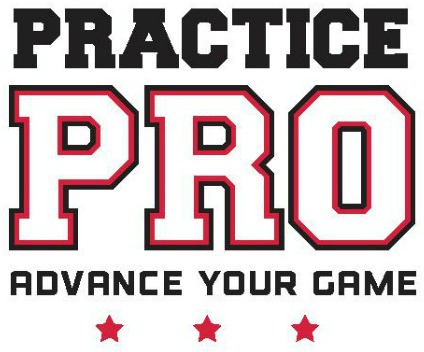A Simple Way to Organize Pitching Workouts
/We’re officially in the in-season (April–July)—the most exciting time of year! This is when pitchers finally get to apply everything they've worked on during the offseason and preseason to live games. But just because you're in the heat of competition doesn’t mean practice stops. In fact, how you train during the season is just as important as how you perform.
Each season requires a different mix of pitching workouts. In-season training depends heavily on game workload: how many games you're pitching, how many innings you're throwing, and how your arm is feeling. Managing fatigue and staying sharp are the name of the game.
Why Offseason Work Still Matters
During the offseason (October–December), pitchers have the freedom to push, experiment, and rebuild. There’s no pressure to be game-ready, which makes it the ideal time to:
Break down and rebuild mechanics
Build strength and speed
Increase endurance
The in-season is different. Now it’s about maintaining feel, staying consistent, and avoiding injury.
Parents, You're Still the MVP
As a youth pitching coach, I don’t get to see your daughter every day like college coaches do. That means I can’t fully monitor her workload or fatigue level between lessons. Even with our online practice club, it’s you—the parent—who must make the final call on how much your pitcher throws each week.
That’s why I strongly encourage all parents to go beyond just catching and learn the ins and outs of pitching. Your awareness, support, and judgment play a huge role in your daughter’s development.
How to Structure Practices In-Season
Below is the best outline I’ve found to help pitchers stay sharp and healthy during the in-season. Originally shared by Courtney Hudson, this approach aligns with many top coaches I've learned from, and it puts the power in your hands to make smart decisions week by week.
Pitching Practice Types & Weekly Plan
During the in-season, most pitchers should aim for:
Games (2x/week)Your real-time performance days. No extra pitching these days beyond game action.
Long Practice (1x/week)Pitch until the first mechanical breakdown. Rest 10–15 minutes. Pitch again until second breakdown. Then stop.
Medium Practice (1x/week)Pitch until the first breakdown. Then stop.
Short Practice (1x/week)Throw 50 full-speed, quality pitches. Done for the day.
Recovery (1–2x/week)Easy toss, long toss, or light catch. No full-speed pitching. Focus on recovery.
Weekly Pitch Count Goal
Your pitcher should gradually work toward 400–700 full-speed pitches per week. This number doesn’t include warm-ups that don’t go past the 12 o’clock position or aren’t thrown at full speed. Again, this number is something to build up endurance to. Do not just pitch 400 pitches in a week regardless of age and physical fitness and think you did a great job. This is not the case. You will not hit this number right away. 400 would be a goal for pitchers up to 8th grade, 700 is for a goal college pitchers.
How to “Work Toward”
Once mechanics start to break down—or speed noticeably drops—it’s time to shut it down for the day.
Younger pitchers (ages 8–12) often can’t recognize these signs on their own. That’s where your guidance as a parent is critical.
Building Endurance the Smart Way
Count every full-speed pitch in practice.
Stop when mechanics break down. Don’t push past that point.
Record the pitch count.
Repeat consistently week after week.
Rest 2 full days per week from full-speed throwing.
Incorporate strength & agility training to support overall growth and reduce injury risk.
The Big Picture
Whether your pitcher’s goals include making varsity, playing in college, or even going all the way to the Olympics, the process starts with consistent routines and smart planning. The parent’s role is essential—tracking progress, observing mechanics, and helping create a practice rhythm that supports both performance and long-term growth.
Together, let’s build pitchers who are strong, confident, and ready to perform—every season of the year.


